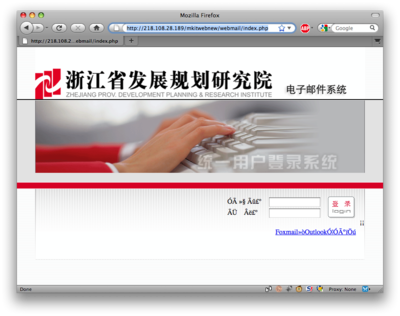PGP Services Menu Integration
 Saturday, February 5, 2011 at 17:57
Saturday, February 5, 2011 at 17:57 During the clean-up of my personal data on my Mac's, I found several PGP encrypted containers, and encrypted files. To see what was stored in them, I needed to install PGP (again).
After installing the software I dug up my keyrings and everything worked fine, until I tried to encrypt an e-mail. In the old days you had a button for encrypting the body of an e-mail message, but today things have changed. PGP is using some sort of (local) proxy to encrypt, decrypt, sign and verify e-mail messages. BUT there's also the possibility to do this with text on the clipboard, or text you selected with your mouse/keyboard.
This is where I ran into some missing functionality; Normally the PGP actions are visible under the 'right-mouse' click -> Services, but no PGP actions available. Further investigation showed that no PGP actions were available on (plain) text in editors. PGP actions on entire files were no problem.
 Willem |
Willem |  Post a Comment |
Post a Comment |  PGP,
PGP,  System Services in
System Services in  Annoying,
Annoying,  Security,
Security,  Software,
Software,  Tips'n Tricks
Tips'n Tricks 





